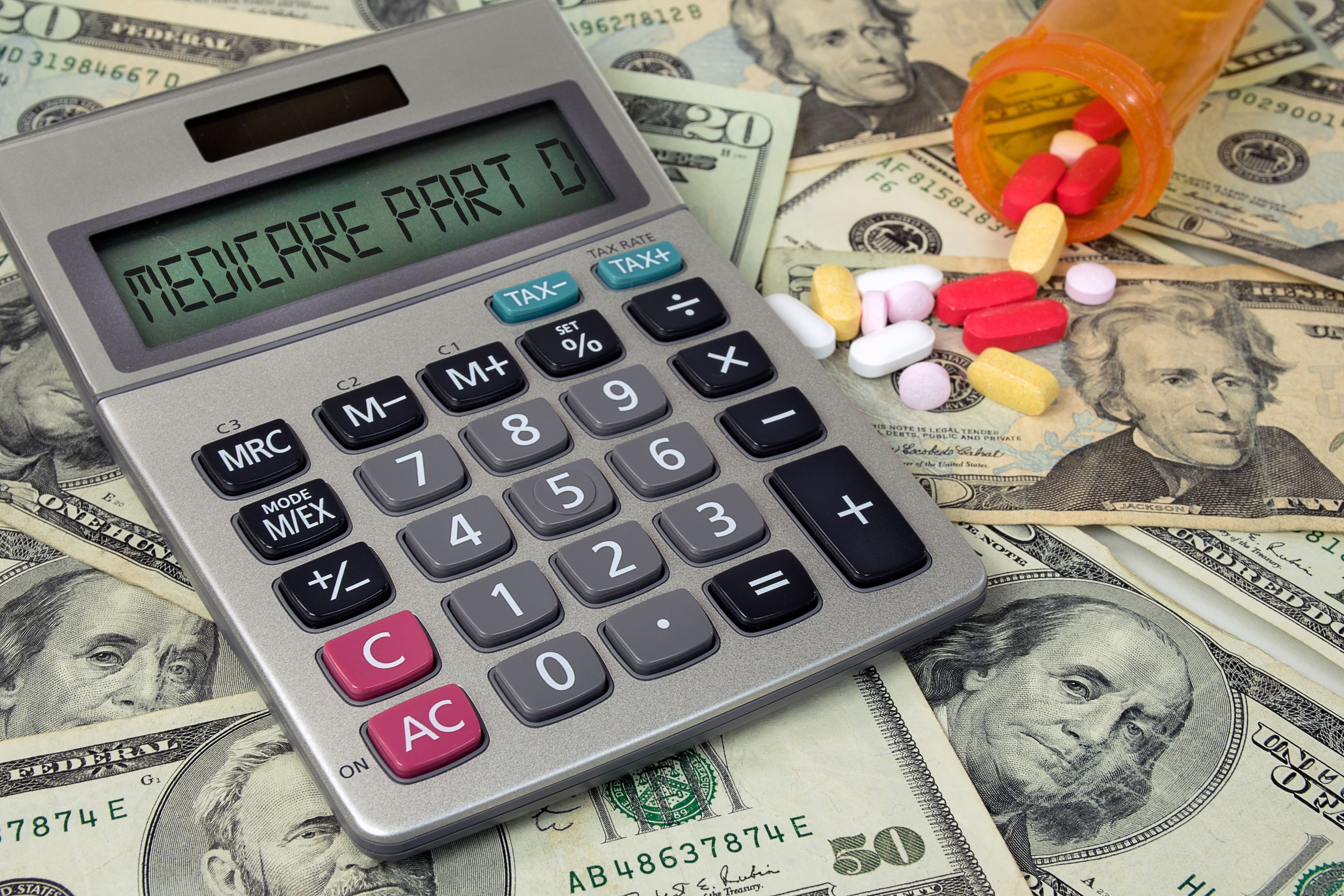Taking a Closer Look at Medicare Part D’s Rising Drug Coverage Restrictions
A USC study discovers that an increasing share of both generic and brand-name meds are being excluded from approval.

The purpose of Medicare Part D is to help beneficiaries with assistance in affording their medications by covering costs. In fact, in 2023, of the 65 million people covered by Medicare, more than 50 million were enrolled in Part D plans.1
However, there are certain drug compounds that are excluded from plan coverage, an issue brought to light by a University of Southern California (USC) study published in Health Affairs.2 Investigators sought to determine the specifics as to how and why this is the case.
This retrospective analysis used a sample of Medicare administrative data for 2011–2020, consisting of beneficiary enrollment, plan and formulary characteristics, and pharmacy (Part D) claims. Medicare Part D is structured to provide multiple methods for obtaining prescription drug coverage. This includes Medicare Advantage (MA)-prescription drug (PD) plans that incorporate the drug coverage into an MA health maintenance organization/preferred provider organization plan, or a standalone prescription drug plan that can add separate drug coverage to traditional fee-for-service Medicare.
MA-PD plans often have different incentives when it comes to limiting access to medications compared to the standalone option, because they face financial risk for both drug and medical expenses.
Pharmacy benefit managers often use tools such as prior authorization and step therapy requirements as a way to navigate medication among beneficiaries. In essence, their mechanisms are able to offer more affordable but equally effective treatments as a way to cut costs while still providing safety; this ensures that patients prioritize the cheaper priced generic medications over the more expensive brand-name ones.
The investigators explored the rate of prior authorization or step therapy and formulary exclusions in Medicare during that aforementioned 2011–2020 timeframe, noting the rise in Part D plan restrictiveness over time. In 2011, plans were excluding an average of 20.4% of compounds, while subjecting an additional 11.5% to prior authorization or step therapy restrictions. Comparing this to 2020, plans were leaving out 30.4% of compounds and putting an extra 14% under prior authorization or step therapy.
There were even differences noted in restrictiveness across brand-name-only versus generic-available drug categories, across mean prescription costs, and between MA-PD plans and standalone prescription drug plans.
The Part D plans rose from an average of 31.9% of compounds restricted in 2011 to 44.4% restricted in 2020. Meanwhile, by 2020, plan formularies excluded an average of 44.7% of brand-name-only compounds; also, by that same year, three in 10 generic-available compounds and more than two-thirds of brand-name-only compounds in unprotected classes were restricted or excluded from coverage altogether.
The authors concluded that “…In 2020, beneficiaries’ access to drugs in unprotected classes was restricted either through formulary exclusions or prior authorization or step therapy requirements on an average of 40% of available compounds. Increasing reliance on formulary exclusions, a particularly blunt tool for restricting patients’ access to therapies, is especially striking, as it prevents all but the few who successfully appeal or can afford to pay out of pocket from getting a restricted medication if it is prescribed by their physician.
“Our analysis could not clearly determine whether these practices are used to ensure that care is delivered cost-effectively or whether these restrictions benefit pharmacy benefit managers’ bottom lines while harming patients. The existence of greater restrictions among stand-alone prescription drug plans compared with MA-PD plans certainly suggests that these restrictions could result in higher medical expenditures, which MA-PD plans bear but stand-alone plans do not; this is an important area for further research.”
References
1. USC Study: Medicare Part D plans increased restrictions on drug coverage. EurekAlert!News release. March 4, 2024. Accessed March 11, 2024. https://www.eurekalert.org/news-releases/1036325
2. Joyce G, Blaylock B, Chen J, Nuys KV. Medicare Part D Plans Greatly Increased Utilization Restrictions On Prescription Drugs, 2011–20. Health Affairs. 2024. doi:10.1377/hlthaff.2023.00999